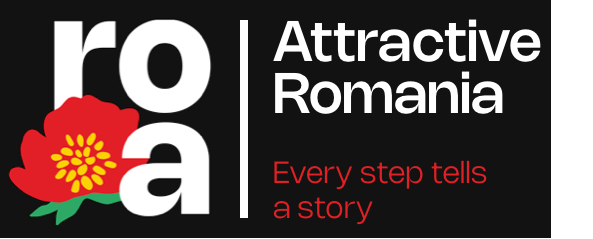The oldest documentary mentions of the Clothier Bastion date from the years 1521-1522 and 1524, when construction work began on it, originally being built as a bastion of the goldsmiths' guild. This, which became the Clothier Bastion in 1646, was handed over to this guild after the goldsmiths decided to build a new bastion.
The bastion intended to defend the south-eastern corner of the Brașov fortifications has a circular shape, with four wooden access galleries for the defenders. Its diameter is 16 meters, the height of the walls is 20 meters, and their thickness is about two meters.
Left derelict for centuries, the bastion showed cracks and fissures in several places, which required conservation work, which was carried out in 1961-1962, work continued later by restoring the structure and strengthening the construction with rings of steel.
The story of the place
Located on the side facing the Tâmpa mountain, the Clothier Bastion seems, at first sight, due to its circular shape, a larger tower. It is known that none of the eight bastions are similar, let alone identical.
The Clothier Bastion had an important role during a siege, just like other bastions. Brașov's defense regulation, from 1491, mentioned clear rules for defense in case of siege, including those related to signaling the movements of the besieging troops. Article XIV of the regulation stated that on the highest towers (therefore also on the bastions) flags, white or red, should be distributed, and on the other smaller towers two or four men of great trust should be distributed, who could see the movements and actions of the enemy. Pointing a white flag indicated the place where the enemy was attacking, and the red flag indicated the place where a fire had broken out.
Unique experiences
The historic center of Brașov is located in the immediate vicinity of the Clothier Bastion. It has a multitude of sightseeing options. Perhaps the most attractive monument is the Black Church. This is one of the most monumental Gothic buildings in Transylvania, which, however, presents, especially on the inside, strong baroque accents, acquired during the extensive reconstruction in the 18th century, following the devastating fire of 1689.
The Council House, the most important secular monument in Brașov, is today the seat of the County Museum of History. In the Middle Ages, the city hall functioned here.
Rope Street is also an attraction for tourists arriving in Brașov. This, as its name suggests, is one of the narrowest streets in Europe, with a width varying between 111 and 135 cm.
The oldest documentary mentions of the Clothier Bastion date from the years 1521-1522 and 1524, when construction work began on it, originally being built as a bastion of the goldsmiths' guild. This, which became the Clothier Bastion in 1646, was handed over to this guild after the goldsmiths decided to build a new bastion.
The bastion intended to defend the south-eastern corner of the Brașov fortifications has a circular shape, with four wooden access galleries for the defenders. Its diameter is 16 meters, the height of the walls is 20 meters, and their thickness is about two meters.
Left derelict for centuries, the bastion showed cracks and fissures in several places, which required conservation work, which was carried out in 1961-1962, work continued later by restoring the structure and strengthening the construction with rings of steel.
The story of the place
Located on the side facing the Tâmpa mountain, the Clothier Bastion seems, at first sight, due to its circular shape, a larger tower. It is known that none of the eight bastions are similar, let alone identical.
The Clothier Bastion had an important role during a siege, just like other bastions. Brașov's defense regulation, from 1491, mentioned clear rules for defense in case of siege, including those related to signaling the movements of the besieging troops. Article XIV of the regulation stated that on the highest towers (therefore also on the bastions) flags, white or red, should be distributed, and on the other smaller towers two or four men of great trust should be distributed, who could see the movements and actions of the enemy. Pointing a white flag indicated the place where the enemy was attacking, and the red flag indicated the place where a fire had broken out.
Unique experiences
The historic center of Brașov is located in the immediate vicinity of the Clothier Bastion. It has a multitude of sightseeing options. Perhaps the most attractive monument is the Black Church. This is one of the most monumental Gothic buildings in Transylvania, which, however, presents, especially on the inside, strong baroque accents, acquired during the extensive reconstruction in the 18th century, following the devastating fire of 1689.
The Council House, the most important secular monument in Brașov, is today the seat of the County Museum of History. In the Middle Ages, the city hall functioned here.
Rope Street is also an attraction for tourists arriving in Brașov. This, as its name suggests, is one of the narrowest streets in Europe, with a width varying between 111 and 135 cm.
3D Animation
Virtual tour
Facilities
Parking
In proximity
Wi-Fi
No
Access facilities for disabled people
No
Status
Temporarily closed
Sanitary group in the location or proximity
Yes
Visiting schedule
Landmark access
Bicycle, Walking, By car
The custodians reserve the right to modify the visiting conditions of the attractions.
Reviews
















 Continue with Google
Continue with Google
